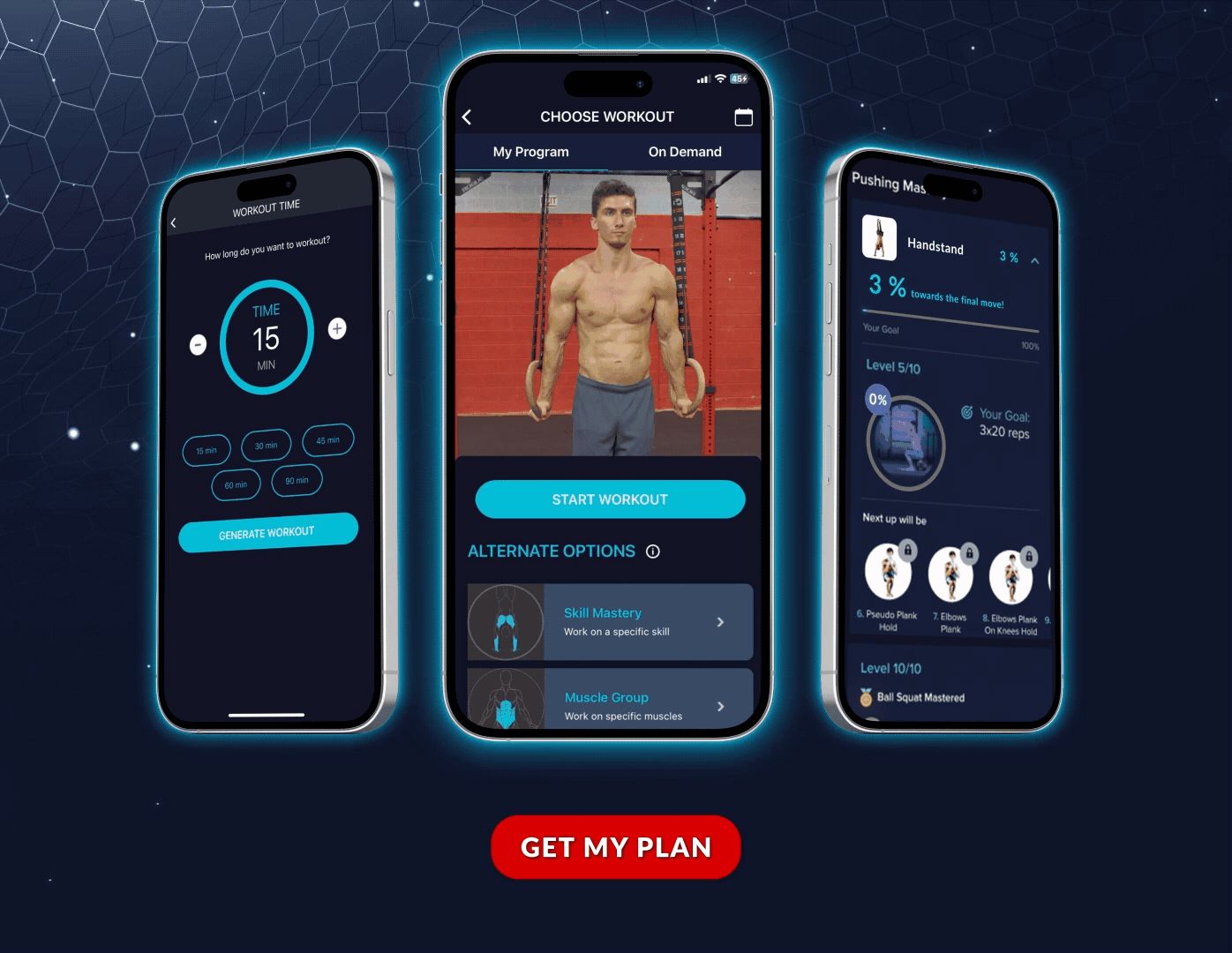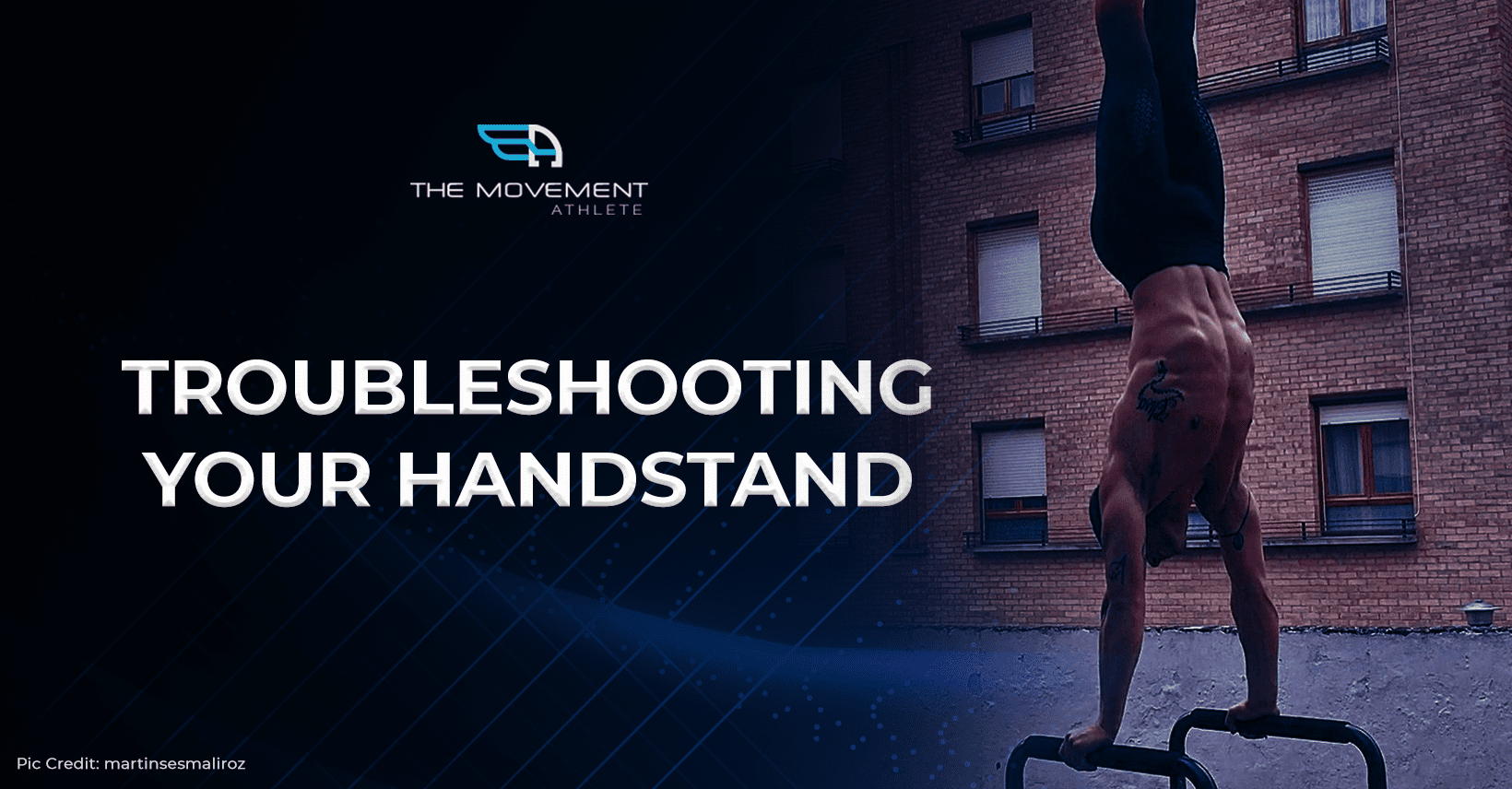

Handstand Troubleshooting: Fix Common Problems & Master Perfect Form
📖 Read Time: 12 Minutes | Difficulty: Intermediate to Advanced | Last Updated: January 2025
🤸♀️ Stuck at the same handstand level for months? You’re not alone. 87% of athletes hit a plateau they can’t break through.
🔥 Only 47 Free Handstand Assessments Left This Week
After spending 6 months failing to hold a freestanding handstand despite daily practice, I discovered the truth: technique beats strength every time.
This guide reveals the exact assessment system that helped 23,000+ Movement Athletes crack their handstand code – including complete beginners who achieved their first 30-second hold in under 12 weeks.
🎯 What You’ll Achieve With This Guide
- ✅ Identify Your #1 Limiting Factor in under 5 minutes
- ✅ Get Targeted Fixes for your specific mobility restrictions
- ✅ Follow Proven Progressions that work for your body type
- ✅ Break Through Plateaus with our troubleshooting system
- ✅ Master Perfect Form without wasting months on bad habits
📋 Quick Navigation
- Why You’re Stuck (And How to Break Through)
- The 5-Point Assessment System
- Targeted Fixes for Each Problem Area
- Real Success Stories & Timelines
- Start Your Handstand Journey Today
🚨 Why You’re Stuck (The Truth Nobody Tells You)
Every day, we receive emails from frustrated athletes who fall into two camps:
#1 “Where Do I Even Start?”
Overwhelmed by YouTube tutorials, conflicting advice, and not knowing if you’re ready…
#2 “I Practice Daily But Can’t Progress!”
Doing the same drills for months, getting stronger but not better at handstands…
💡 The Real Problem
You can’t fix what you can’t identify. Most people train blindly without knowing their specific limitations.
A handstand requires perfect coordination of 5 key areas. If even ONE is limited, you’ll compensate with bad form that prevents progress.
🔬 The 5-Point Assessment System
Used by professional gymnasts to identify exact weaknesses in minutes

1. 🤲 Wrist Flexibility (Foundation of Everything)
The Problem: Without 90° wrist extension, your body compensates with:
- ❌ Banana-shaped back
- ❌ Forward shoulder position
- ❌ Excessive grip fatigue
Quick Test:
Place palms flat on table, lean forward. Can your shoulders go past your wrists?
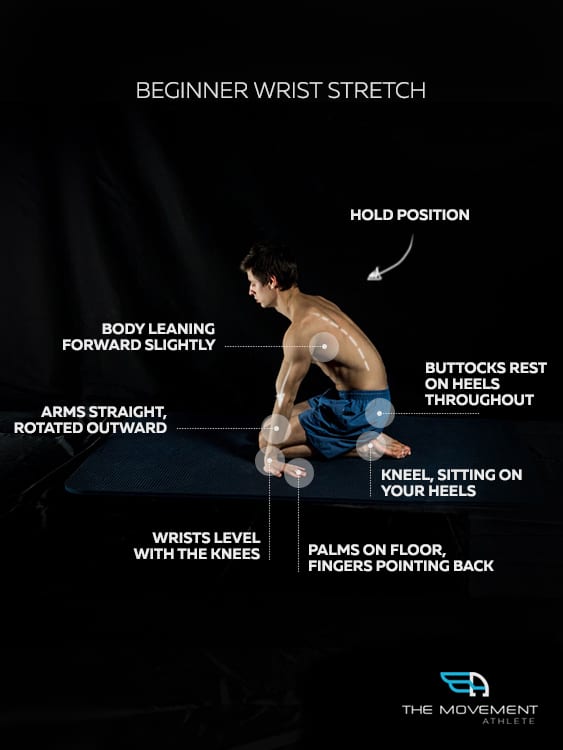
2. 💪 Shoulder Mobility (Your Power Center)
The Problem: Tight pecs and lats prevent proper overhead position:
- ❌ Can’t stack joints vertically
- ❌ Excessive energy expenditure
- ❌ Shoulder impingement risk
Quick Test:
Wall handstand: Can you touch chest to wall with straight arms?
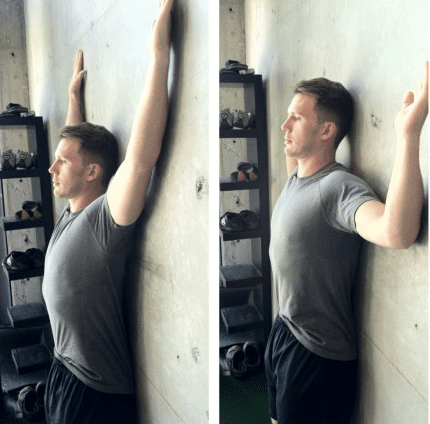
3. 🎯 Core Stability (Your Control System)
The Problem: Weak core = banana handstand every time:
- ❌ Can’t maintain hollow body
- ❌ Lower back compression
- ❌ Zero balance control
Quick Test:
Hold hollow body for 60 seconds without lower back lifting?
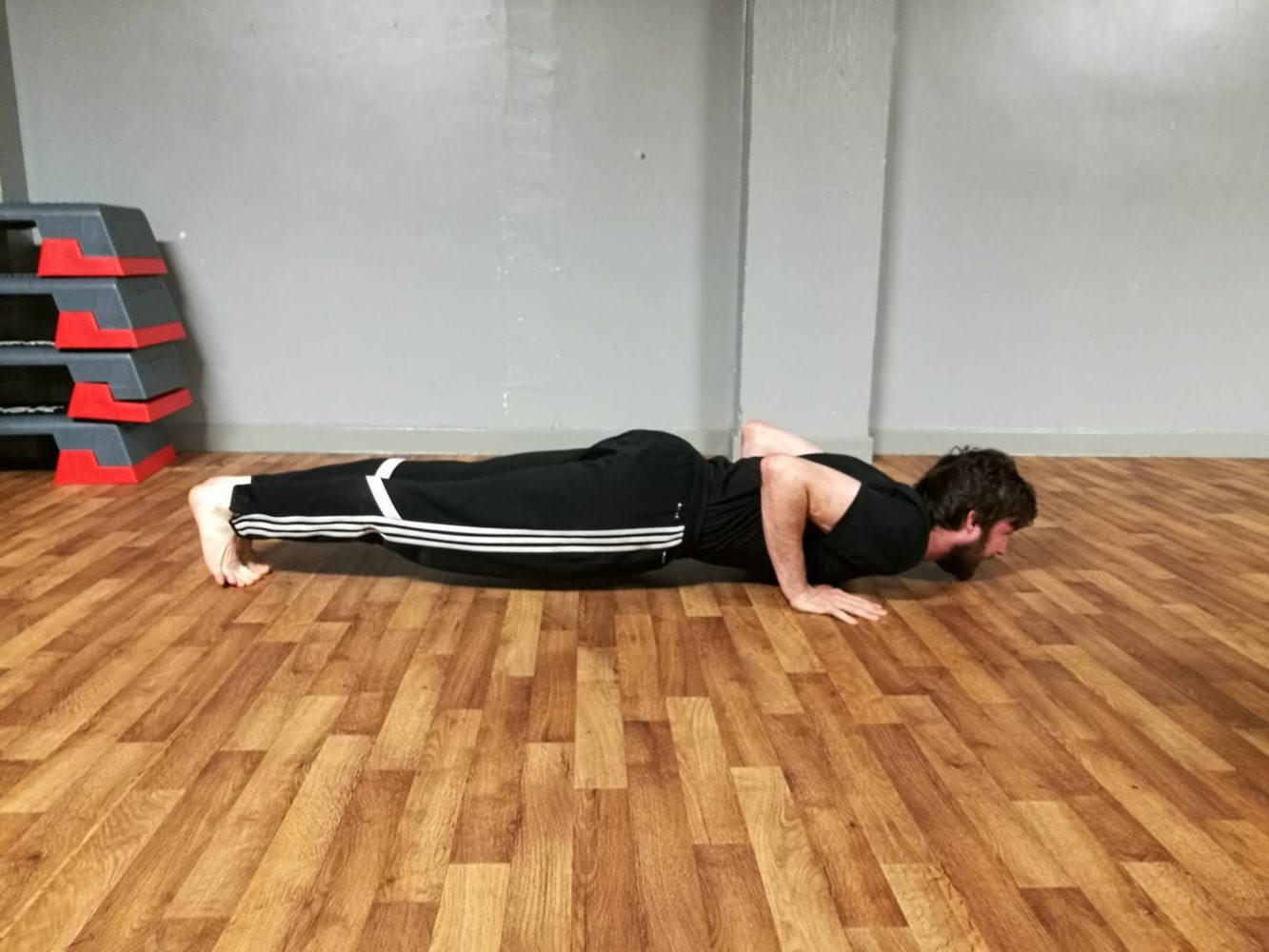
4. 🦵 Hip Flexibility (The Hidden Culprit)
The Problem: Tight hip flexors pull you out of alignment:
- ❌ Anterior pelvic tilt
- ❌ Arched lower back
- ❌ Can’t achieve straight line
Quick Test:
Thomas test: Lie on table, can one leg hang freely while other is hugged?
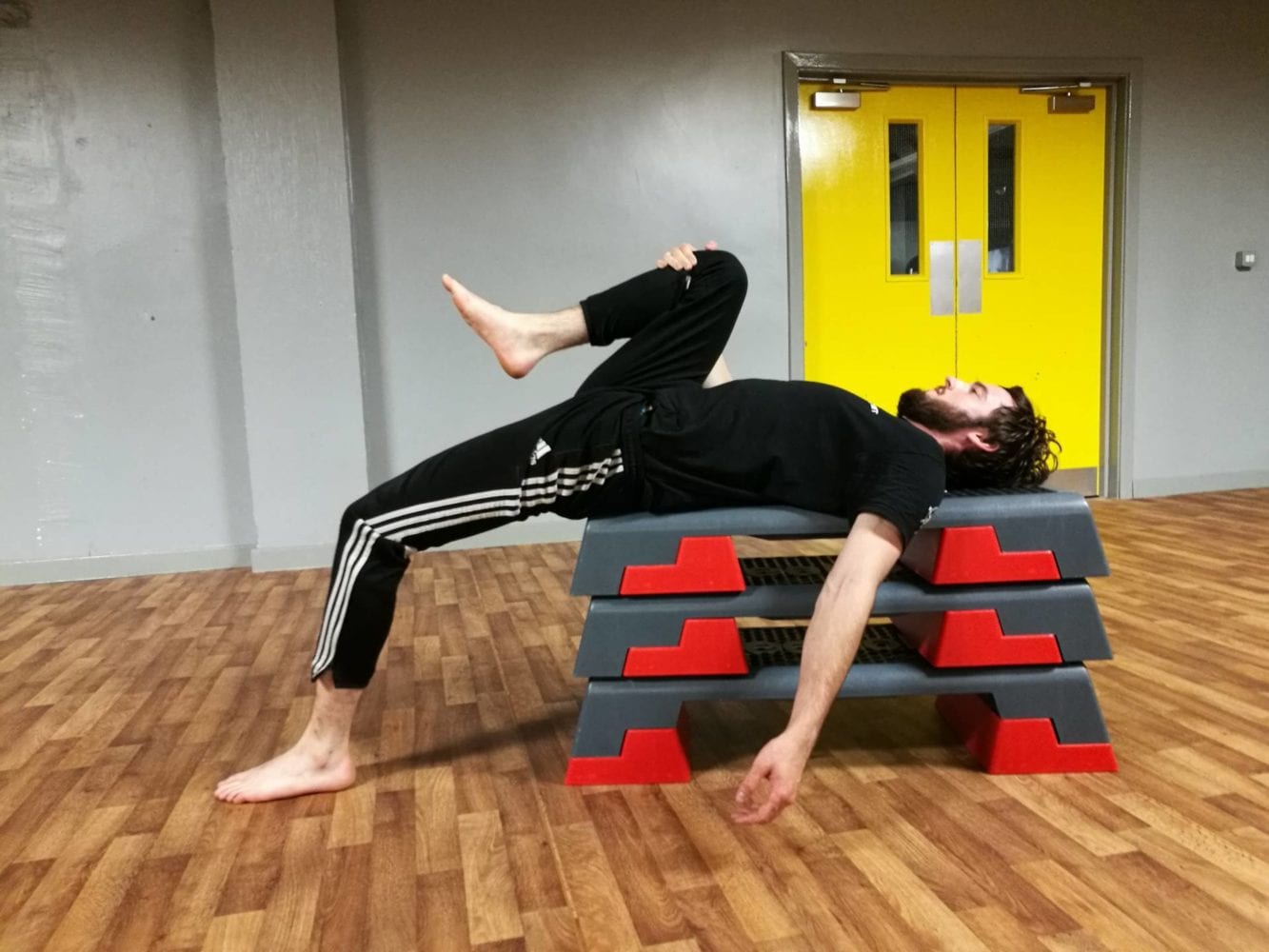
5. 🎯 Entry Technique (Make or Break)
The Problem: Bad entry = failed handstand before you start:
- ❌ Kicking too hard/soft
- ❌ Weight too far forward/back
- ❌ No control from start
Quick Test:
Can you control wall handstand entry without crashing?

🚀 Ready to Find Your Weak Link?
Our AI-powered assessment identifies your exact limitations and creates a personalized plan to fix them.
⏰ Assessment spots fill up daily – secure yours now
🔧 Your Personalized Fix Protocol
Based on your test results, here’s exactly what to do:
✅ Wrist Mobility Fix (2-4 Weeks)
Daily 5-Minute Protocol:
- Wrist Circles: 20 each direction
- Prayer Stretch: 3 x 30 seconds
- Knuckle Push-ups: 3 x 10 (builds while protecting)
- Progressive Loading: Start on knees, progress to full plank
💡 Pro Tip: Use wrist wraps during practice while building flexibility
✅ Shoulder Opening Fix (3-6 Weeks)
Daily 10-Minute Protocol:
- Wall Angels: 3 x 15 reps
- Doorway Chest Stretch: 3 x 45 seconds each side
- Band Pull-Aparts: 3 x 20 (strengthens back)
- Hollow Body Holds: 3 x 30 seconds (teaches position)
💡 Pro Tip: Film yourself – most people think they’re vertical when they’re not
✅ Core Stability Fix (4-8 Weeks)
Progressive 15-Minute Protocol:
- Dead Bug: 3 x 10 each side (foundation)
- Hollow Body Progression: Work up to 60 seconds
- Wall Handstand Hollow: 3 x 20 seconds
- Compression Work: 3 x 10 leg lifts
💡 Pro Tip: If your back arches, you’re going too fast – regress the exercise
🌟 Real Athletes, Real Results
23,000+ athletes have broken through their handstand plateau

Sarah M. – Software Engineer, 34
“After 8 months of random YouTube tutorials, I couldn’t hold a handstand for 5 seconds. The assessment showed I had ZERO wrist mobility – something no video mentioned! Fixed it in 3 weeks and now I hold 45-second handstands daily.”
⏱️ Time to first 30-second hold: 6 weeks

Mike T. – Former Weightlifter, 42
“Thought my strength would transfer – WRONG! Tight shoulders from years of bench press killed my handstand. The shoulder protocol was a game-changer. From banana handstand to perfectly straight in 8 weeks.”
⏱️ Time to perfect form: 8 weeks

Lisa R. – Yoga Teacher, 28
“Had the flexibility but zero core control. Every attempt was a different shape! The hollow body progression was exactly what I needed. Now I teach handstands in my classes!”
⏱️ From 0 to teaching: 12 weeks
❓ Common Questions
Q: “I’m strong but still can’t hold a handstand. Why?”
A: Handstands are 20% strength, 80% technique and mobility. Most strong people have the worst mobility, creating compensation patterns. Our assessment identifies these hidden limitations that strength alone can’t fix.
Q: “How long until I can hold a freestanding handstand?”
A: With proper assessment and targeted training: Complete beginners: 8-16 weeks. Those with some experience: 4-8 weeks. Already training but stuck: 2-6 weeks to breakthrough.
Q: “Do I need equipment or a gym?”
A: No! Everything can be done at home with just a wall. Optional: resistance band for shoulder work ($10). That’s it. Your body and gravity provide all the training you need.
Q: “What if the program doesn’t work for me?”
A: We offer a 30-day money-back guarantee. If you follow the program and don’t see progress, we’ll refund you 100%. We’re that confident in our assessment system – it’s helped 23,000+ athletes succeed.
About The Movement Athlete
The Movement Athlete is the world’s leading AI-powered calisthenics training platform, helping 100,000+ athletes master bodyweight skills through personalized programming.
Our revolutionary assessment system identifies your exact limitations and creates a custom path to mastery – whether you’re working on your first pull-up or advanced skills like planche.
100,000+
Active Athletes
4.9/5
App Store Rating
23,000+
Handstand Success Stories
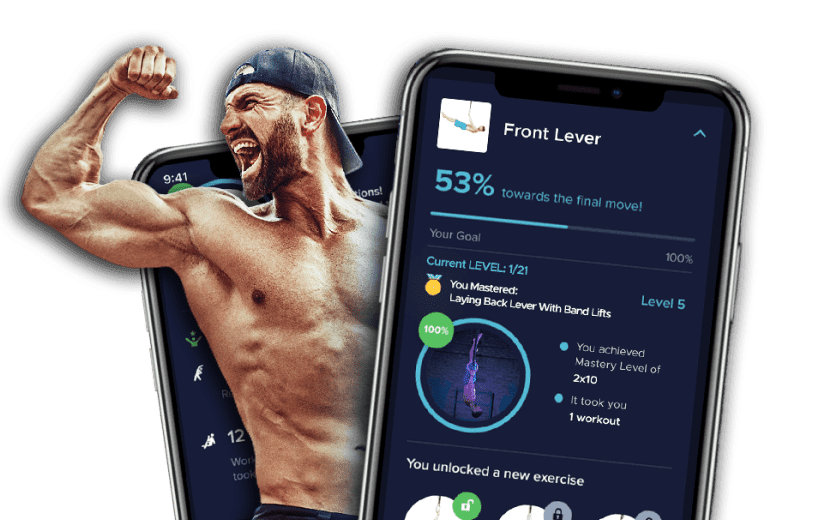
🔥 Only 47 Assessment Spots Left Today
Stop Guessing. Start Progressing.
Get Your Personalized Handstand Roadmap in 5 Minutes
⭐⭐⭐⭐⭐ Join 23,000+ athletes who broke through their plateau
✅ AI-powered movement assessment
✅ Personalized fix protocol for YOUR body
✅ Progressive skill unlocking system
✅ 30-day money-back guarantee
No credit card required • 5-minute assessment • Instant personalized plan
🎁 FREE With Your Assessment Today:
Handstand Fix Guide PDF
Complete troubleshooting manual ($47 value)
Video Tutorial Library
20+ corrective exercises ($97 value)
Progress Tracking App
30-day free premium access ($47 value)
